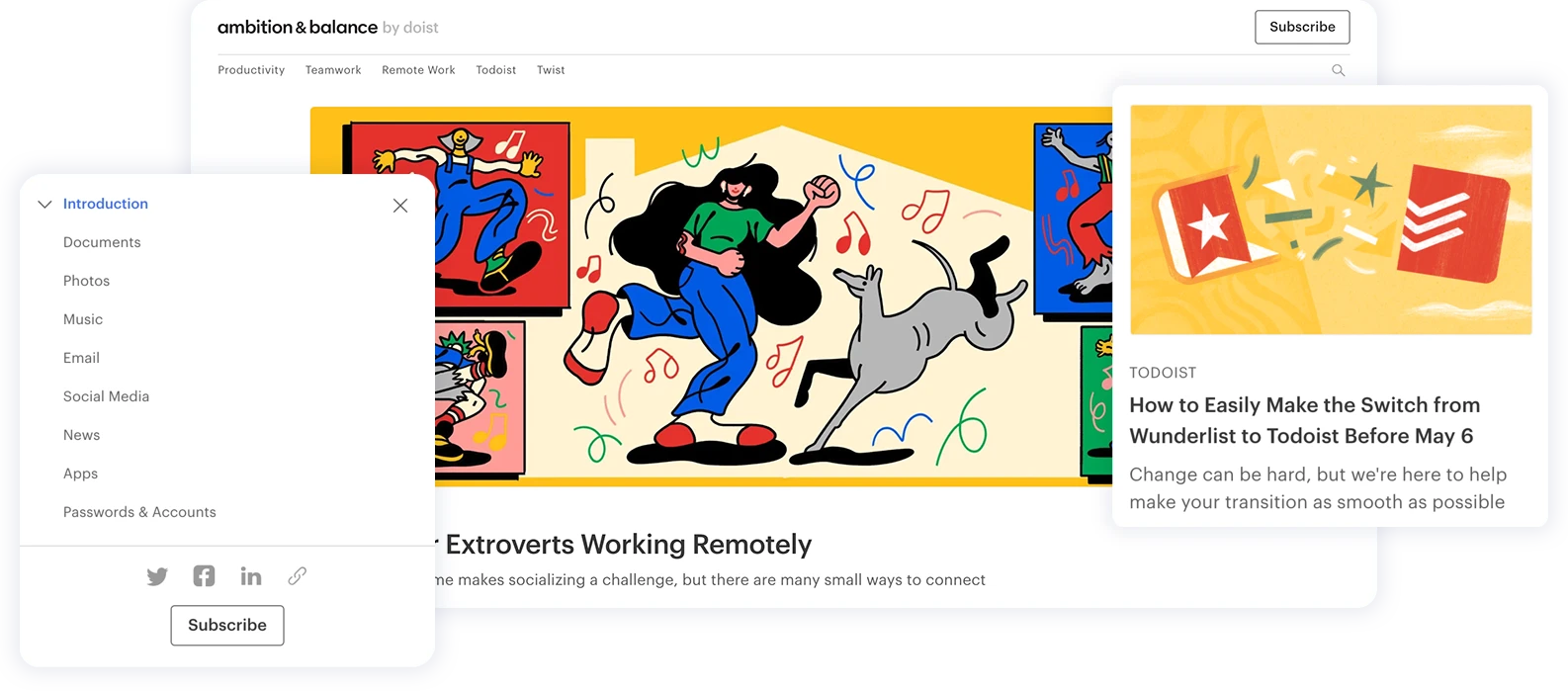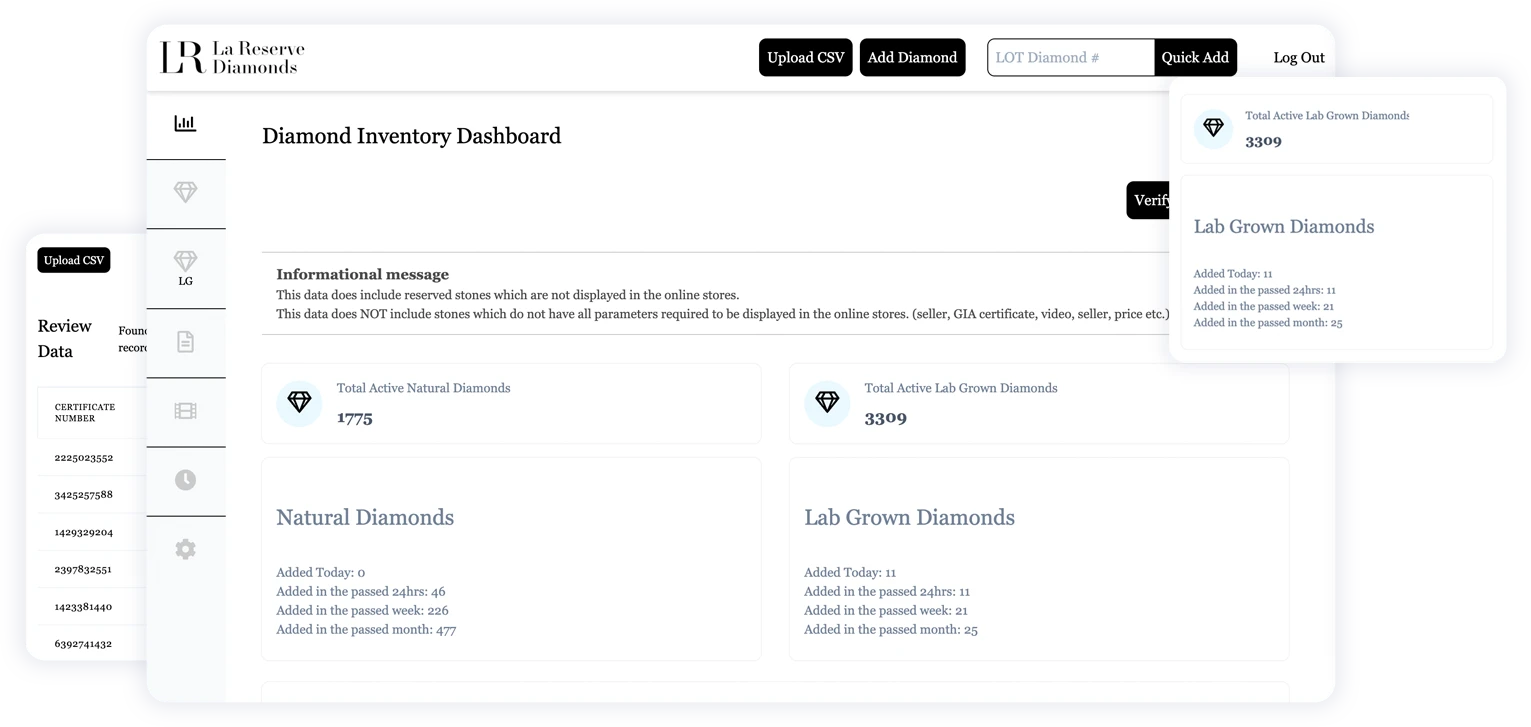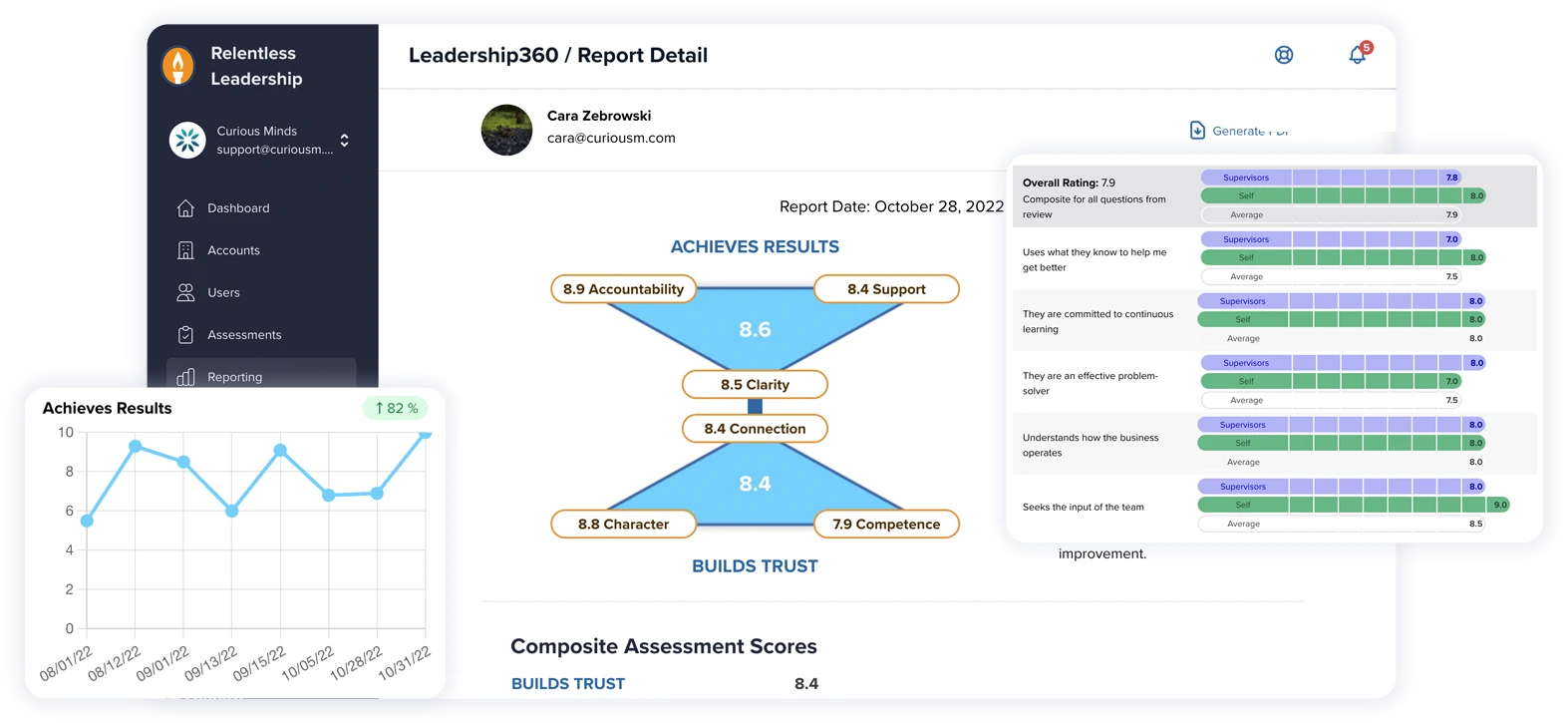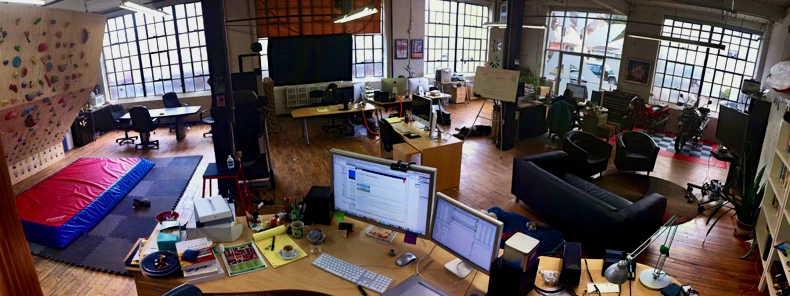Thinking about jumping into e-commerce or migrating your current ecommerce platform? You've likely heard a lot about Shopify. It gets plenty of attention for being user-friendly and packing a punch right from the start, giving you a solid set of tools to get an online store up and running. But here’s the million-dollar question: are the features Shopify includes actually enough for what your business needs day-to-day, or will you hit a point where you need custom tweaks or extra apps to truly succeed?
Shopify definitely tries to cover a lot of ground, from design tools that don't require a degree to figure out, to keeping track of your inventory. But how do these built-in options stack up against specialized third-party apps or custom-coded solutions, which often let you get really specific? In this piece, we'll dig into what Shopify's standard tools do well, where they might leave you wanting more, and help you figure out when to stick with what's included versus when it's time to look at apps or custom work.
Getting the Look Right: Designing Your Unique Storefront
One area where Shopify shines is letting you create a store that looks like your brand without making it confusing for shoppers. Hop into Shopify’s Theme Store, and you'll find a ton of options – some free, some paid – sorted by style and industry. It’s a great starting point to find a look that fits your business, even if you're not tech-savvy.
From there, Shopify makes it pretty simple to put your own spin on things. You can easily change colors, fonts, and how things are laid out to match your brand's vibe. Plus, they build their themes to look good on phones right away, which is crucial since so many people shop on mobile these days.
Need to go even further? If you (or a developer you hire) know your way around code, Shopify lets you dig in and make custom changes. This opens the door to really unique designs and features, helping your store stand out. It’s this mix of being easy for beginners but flexible for those who want more control that makes Shopify pretty appealing compared to some other platforms.
And don't forget the App Store! If you need a specific design element or function – maybe fancy customer review displays or unique navigation – there are thousands of apps that plug right into Shopify. These can add cool features and make your site work exactly how you envision, layering on top of the basic design tools.
So, When Are Shopify's Standard Tools Good Enough?
Whether Shopify's built-in toolkit is sufficient really boils down to your business's specific situation and what you're aiming for. For plenty of online shops, especially newer or smaller ones, Shopify provides a strong foundation. You can get a good-looking store online without needing to be a coding whiz, thanks to all the themes and templates. If things like being able to edit your page titles and descriptions for search engines (basic SEO stuff) are getting you decent visibility, the built-in tools might be covering your bases just fine.
Small to medium-sized businesses often find Shopify’s built-in inventory and order management super helpful because they keep things simple. Sales and stock levels sync up, making it easier to track what you have and get orders out the door without juggling complicated systems. Integrated payment processing also makes checkouts smoother for your customers – always a plus.
What about getting the word out? Shopify includes tools for things like basic email marketing campaigns and creating discount codes. For many businesses just looking to connect with customers and boost sales without investing heavily in separate marketing software, these native features can be perfectly adequate. The built-in analytics dashboard also gives you a decent window into sales trends and customer behavior to help you make smarter decisions.
But, think about where you're headed. If your growth plans involve complex needs – maybe a sophisticated customer relationship management (CRM) system, super-targeted marketing campaigns, or unique operational workflows – you'll likely find Shopify's basic features a bit limiting. That's usually the point where exploring the vast Shopify App Store or looking into custom solutions becomes the smart move.
Where Shopify Can Fall Short: Common Roadblocks
While Shopify is a powerhouse for many, let's be honest – it’s not the perfect fit for every single online business. If you're running on a really tight budget, the costs can creep up. Shopify's monthly plans have different features, and transaction fees can bite, especially if you choose not to use their own Shopify Payments system. Need a fancy premium theme or specific apps to get the functionality you want? Those costs add up too.
Beyond the price tag, if you need really advanced features – think complex inventory management across multiple warehouses or highly specific design elements – you might bump up against Shopify's limits. While you can customize themes, getting total control over every little detail often means hiring a Shopify developer for custom coding, adding to your expenses. Larger companies or those with very intricate backend processes might also struggle because Shopify is a hosted platform – you don't get deep server access, limiting full control over how everything runs behind the scenes.
Sometimes, how Shopify rolls out changes can be a headache. Unexpected shifts in pricing or terms of service can throw a wrench in your plans. And if you're brand new to the platform, there's definitely a learning curve to really master all the tools it offers. It really pays to honestly assess what your business truly needs and weigh the Shopify pros and cons before diving in.
Boosting Shopify: The Power of Apps and Custom Work
Okay, so what happens when the built-in stuff isn't quite cutting it? That’s where the Shopify App Store and custom development step in. Think of the App Store as a treasure trove – thousands of apps built specifically to add power to your Shopify store. Need better inventory tracking with real-time updates across channels? There are apps for that. Want more firepower for your SEO than the basics provide? Plenty of options there too.
Maybe your marketing depends on highly personalized customer journeys or slick automations. Shopify has its own AI tools ("Shopify Magic") that can help with some of this, but if you need something even more tailored, integrating a specialized marketing platform or even building a custom app could be the answer.
Custom development is your route when you need something truly unique. This could mean coding a specific feature nobody else has, integrating Shopify smoothly with your existing business software, or completely overhauling the design to perfectly match your brand and how you operate.
Working with developers who specialize in Shopify can make this whole process smoother, ensuring any custom work is fast, reliable, and won't break as your business grows. By combining Shopify's solid base with the right apps or custom touches, you can build an online store that truly stands out and gives your customers a fantastic experience.
Is Shopify's Own Toolkit the Right Choice for You?
As you figure out if Shopify's built-in features are the right fit, remember it's all about balancing that out-of-the-box simplicity with your need for specific functions. Shopify gives you a great starting point for most e-commerce basics, but its real power often lies in how you can customize and extend it.
Don't hesitate to look at third-party apps or custom development if you spot gaps between what Shopify offers natively and what your business requires. Think about your long-term vision, too. Shopify is flexible, offering plenty of ways to adapt and grow. In the end, knowing your own needs inside and out is the key to getting the most out of Shopify, whether you stick with the basics or dive into customization.


















